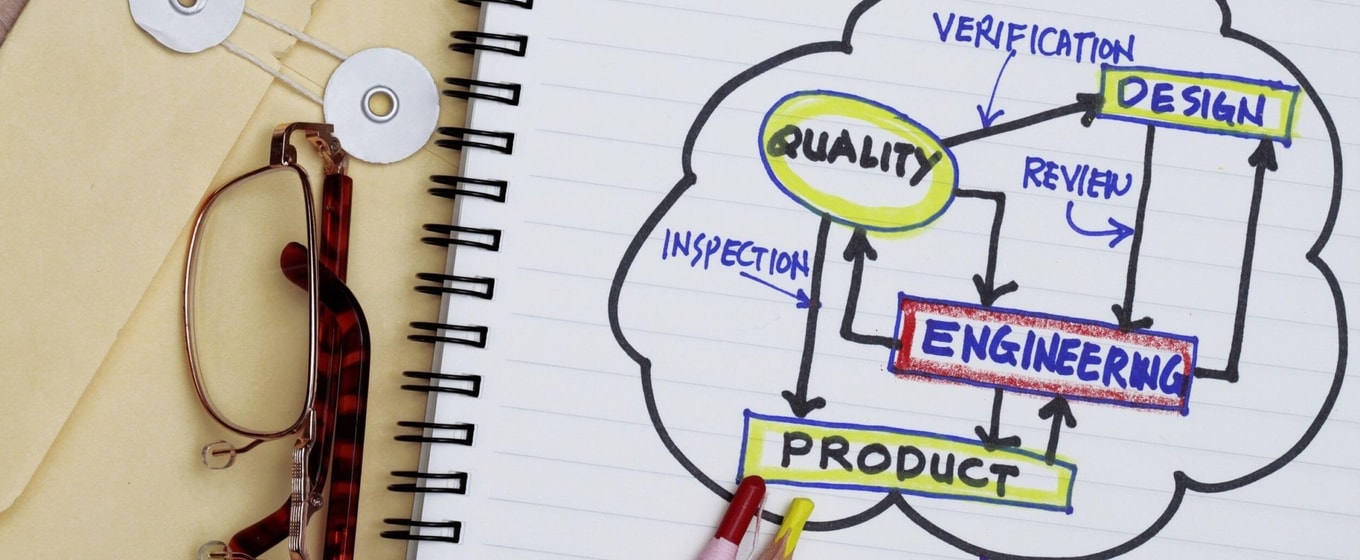Phase 1: Launch
Draw attention to what makes your product unique. Messaging is crucial: be clear on who your product is intended for, the problems it solves and benefits it provides. Use concise, specific language, avoiding slang or acronyms.
Packaging/Design matters, so ensure yours is attractive and features as much information as possible, including a list of unique features. Utilise advertising, email, events and PR. Offer potential clients and customers compelling reasons to check out your product, such as discounts, free trial versions, and demos. Remember to make your campaigns varied, frequent and consistent.
Phase 2: Convert
The key is to offer your free trial period as a way to obtain email addresses of potential full customers. Then, use email marketing to communicate the benefits a fully paid membership or subscription will give. Make sure all emails are personalised and send your first email as soon as they click on “sign up for free trial”. You can easily set this up by using marketing automation software.
Send a newsletter to trial customers with relevant content that will keep them engaged with your products or services.
Consider using live chat to show customers how important they are to you. You’ll be able to answer questions instantly, keep them on your website longer and encourage them to convert to a full customer.
Lastly, always ask new users for feedback. If only 20% of free trial customers convert to fully paying customers, you have an opportunity to understand why 80% didn’t. Send a survey via email to find out how to improve the free trial experience.
Phase 3: Reward
If you’re a smaller business, you might be wondering if customer reward programmes are cost effective. The short answer is yes they are. The longer answer is yes they are, but only if they’re carefully planned out.
If you’re thinking about starting a customer reward programme, the first thing to decide is what will the reward be? Are you offering an on-going discount, a ‘freebie’ on making a set amount of purchases, or something else entirely? Whatever the reward, it needs to be appealing enough to entice your customers to sign up and cost effective from your own business’s point of view.
If you’re going to give away actual products for example, then you need to make sure your customer has spent enough to cover the cost of what they’ll eventually receive for free. Obviously this varies depending on your own products and margins, and what works for one business won’t do for another. A sandwich shop could comfortably give away a free coffee to someone buying their tenth sandwich, but a restaurant may be less inclined to give away a valuable bottle of champagne to diners on their tenth visit. It’s essential to tailor your programme to be profitable based on what you’re selling.
What’s also important to consider is the extra benefits you can reap from your customers’ loyalty. Not only will your loyalty programme encourage them to continue using your business as opposed to a competitor, but it will help to increase your brand visibility, and if existing customers feel their loyalty is being rewarded they’ll be more likely to recommend you to others too.
So in short, a well thought out loyalty programme can definitely be cost effective – just make sure you do your sums before launching.






These cookies are set by a range of social media services that we have added to the site to enable you to share our content with your friends and networks. They are capable of tracking your browser across other sites and building up a profile of your interests. This may impact the content and messages you see on other websites you visit.
If you do not allow these cookies you may not be able to use or see these sharing tools.